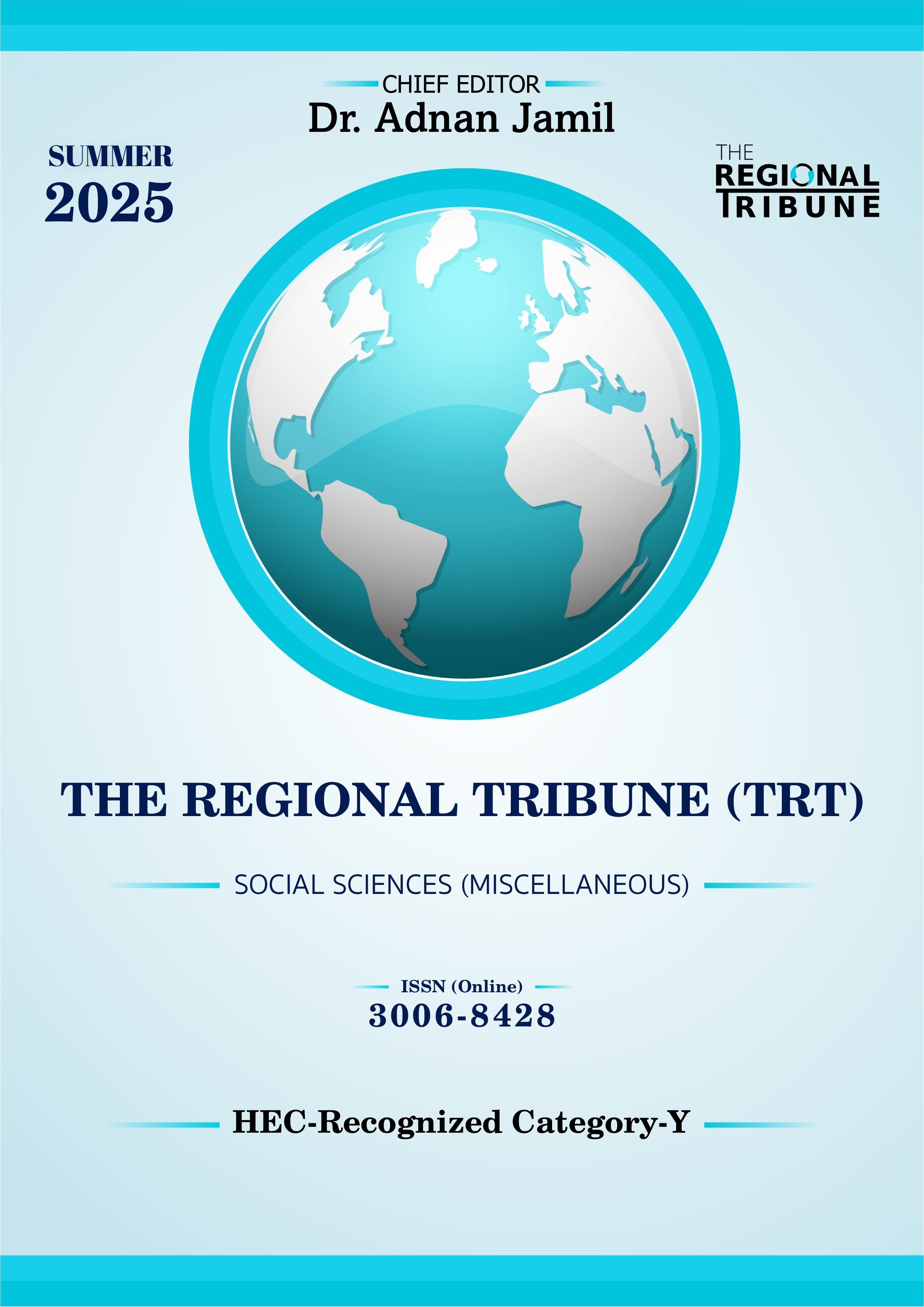Product Naming: Analyzing Customer Preferences
DOI:
https://doi.org/10.55737/trt/SR25.120Keywords:
Customer Preferences, Product Names, Communication TheoryAbstract
The first thing that represents a product is its title or name. It is observed that sometimes a very quality product can go unnoticed because of ineffective titles or names. The area, thereby, needs to be under a constant lens of observation. Despite that, previous research in this domain has been less explored. Thereby, the current study aims to explore and investigate customer preferences for product names. The researcher uses a qualitative method to collect the data in the form of interviews. The study uses Bernard Berelson's content analysis and Braun and Clarke's thematic analysis. The findings revealed that product names significantly influence customer preferences, with emotionally evocative, imaginative, and simple names being the most favored. Younger participants preferred poetic and adventurous names such as Fragrance Like Dancing Stars, while older individuals favored comforting and dependable names such as Reliable Fragrance. Gender and professional background also shaped preferences, with creative individuals drawn to expressive names and structured professionals leaning toward familiar and trustworthy options.
References
Ahmad, S. A., Mehmood, W., Ahmed, S. A., Mustafa, M., Khan, M. F. T., & Yasmeen, M. (2015). Impact of Sales Promotion on consumer buying behavior in Pakistan. International Interdisciplinary Journal of Scholarly Research, 1(3), 13-22. https://www.studocu.vn/vn/document/truong-dai-hoc-ngoai-thuong/international-business/impact-of-sales-promotion-on-consumer-buying-behavior-in-pakistan-with-cover-page-v2/31583357
Braun, V., & Clarke, V. (2022). Thematic analysis: A practical guide. QMiP Bulletin, 1(33), 46-50. https://doi.org/10.53841/bpsqmip.2022.1.33.46
Gharib, A., Sarkar, S., Jabar, A., Rekan, M., Faraj, S. M., & Aziz, K. G. (2025). Influence of the brand on consumer decision-making. Mednarodno inovativno poslovanje = Journal of Innovative Business and Management, 17(1). https://doi.org/10.32015/jibm.2025.17.1.2
Gobe, M. (2010). Emotional branding: The new paradigm for connecting brands to people. Choice Reviews Online, 39(07), 39-4068-39-4068. https://doi.org/10.5860/choice.39-4068
Grant, C. A. (2012). Cultivating flourishing lives. American Educational Research Journal, 49(5), 910-934. https://doi.org/10.3102/0002831212447977
Müge Arslan, F., & Korkut Altuna, O. (2010). The effect of brand extensions on product brand image. Journal of Product & Brand Management, 19(3), 170-180. https://doi.org/10.1108/10610421011046157
Pires, G. D., Stanton, J., & Rita, P. (2006). The internet, consumer empowerment and marketing strategies. European Journal of Marketing, 40(9/10), 936-949. https://doi.org/10.1108/03090560610680943
Smith, D. C., & Aaker, D. A. (1992). Managing brand equity: Capitalizing on the value of a brand name. Journal of Marketing, 56(2), 125. https://doi.org/10.2307/1252048
Downloads
Published
Issue
Section
License

This work is licensed under a Creative Commons Attribution-NonCommercial 4.0 International License.



